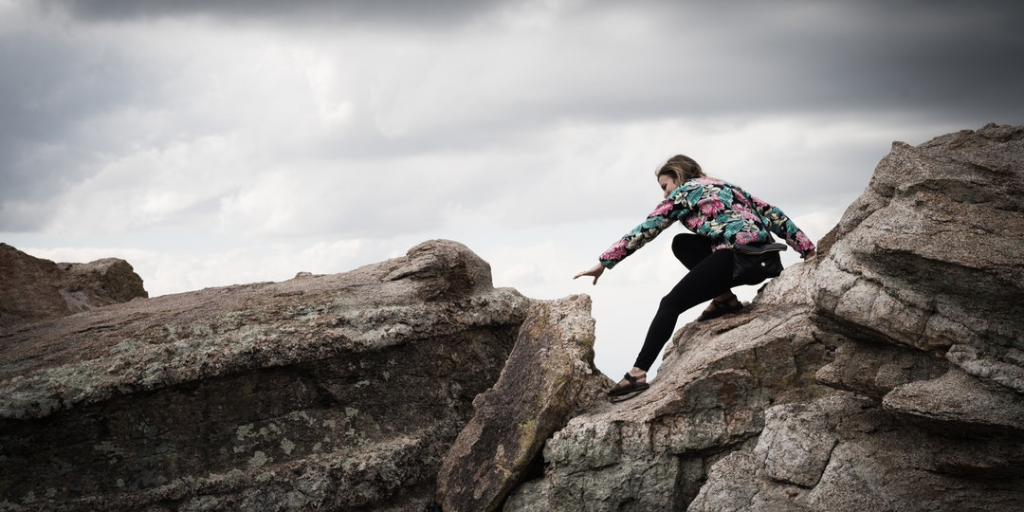I was party to an intriguing interaction and an interesting chat with a first-time founder recently. When faced with a risk and challenge, he took a defensive stance. I took a step back when presented with the tone and words he chose. He was effectively communicating that he was proceeding with grave caution and I felt like doing the same. It wasn’t a good thing.
I shared with him how I felt about his approach and invited him to consider other alternatives. He could have addressed the risk in a different way, by demonstrating that he had considered various options, made a decision about how to manage the risk, and directed our attention towards his vision. I’ve written previously about being prepared and focusing on impact.
The first-time founder made a comment about it being the CEO’s job to manage risk and that is a good point. Yes, startups are a bundle of risks. I have said that to entrepreneurs before — capital appreciation (increasing the value of your company) happens when risk is reduced. That reduction of risk is quantified in a rise in a valuation multiple (or shrinking of a cap rate).
However, there are different ways of managing risk and communicating as such – and that’s what I was getting at.
Using neighbourhoods as an example, here are three different ways of dealing with risk:
- Putting up fences and elaborate alarm systems to keep criminals out versus
- Creating an attractive neighbourhood where crime is deterred (maybe community police patrols) versus
- Creating an inclusive, integrated community where everyone feels like they’re an owner and they look after each other.
Option #1 is very defensive and exclusive. Option #2 is less blatant in its defensiveness, but still has a culture of exclusion. Option #3 is visionary and looks at risk in a completely different way, choosing a more positively impactful path in the long-run.
I encourage entrepreneurs – and investors – to think about managing risk from a place of abundance and to lead with vision rather than get defensive. This kind of approach to reducing risk stands a better chance of having a positive impact.
~~~
For more impact investing tools, including mindsets for impactful risk-taking and risk management, check out Integrated Investing: Impact Investing with Head, Heart, Body, and Soul, available at all major online book retailers.
Download your free 24-page Integrated Investing Toolkit, by signing up to the Pique Ventures newsletter.




